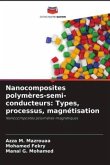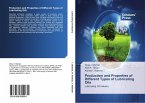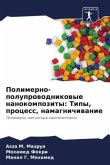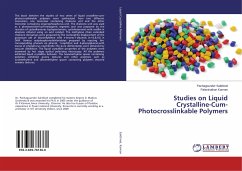Nanocomposites can be made by mixing inorganic nanoclusters, fullerenes, clays, metals, oxides, or semiconductors with a variety of organic polymers, organic and organometallic compounds, biological molecules, enzymes, and sol-gel produced polymers. The creation of the nanocomposite materials depends on whether the composite contains polymeric material. For certain applications that demand better microstructural features such as improved exfoliation, compatibility, and thermal stability, the surface characteristics of nanoparticles can be altered using environmentally acceptable chemicals. Due to the wide range of uses for these materials, the topic of polymer nanocomposites is currently receiving a lot of interest and activity. In that context, utilizing polymers as an inorganic nanoparticle matrix has a number of benefits. Even while the primary goal of incorporating metal and semiconductor nanoparticles into polymers is to better utilize their specific properties, these nanoparticles can nonetheless significantly affect the properties of the matrix despite being relatively light in weight.
Bitte wählen Sie Ihr Anliegen aus.
Rechnungen
Retourenschein anfordern
Bestellstatus
Storno








